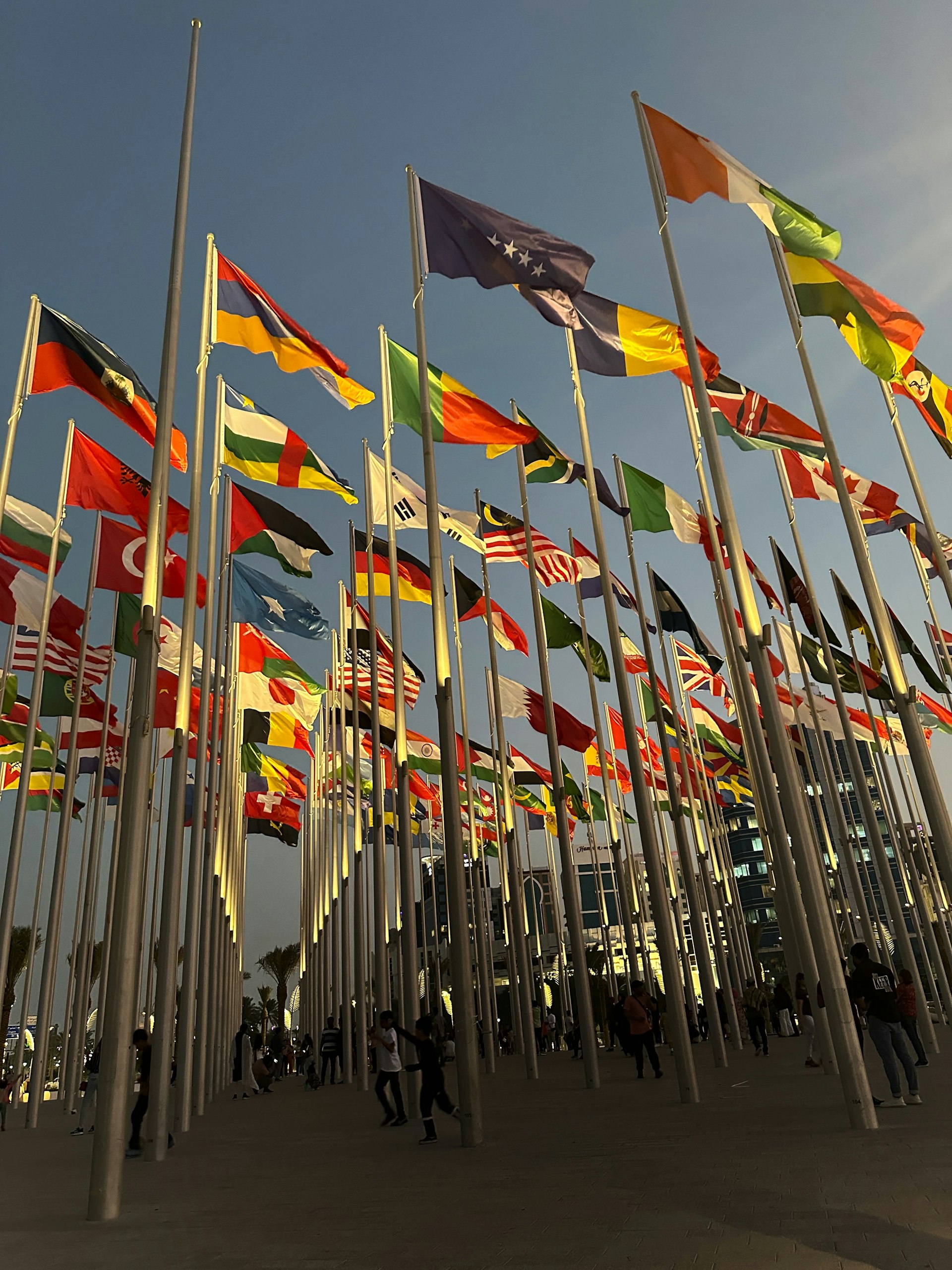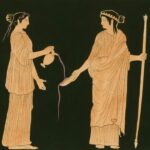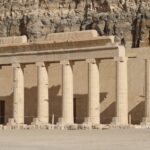World Fairs: Catalysts for Global Cultural Exchange and Understanding


Photo by Masarath Alkhaili on Unsplash
Introduction: World Fairs as Global Stages for Cultural Exchange
World fairs, also known as universal expositions, have served as monumental platforms for nations to showcase their achievements, cultures, and innovations. Since the inaugural event at London’s Crystal Palace in 1851, these exhibitions have evolved to reflect and shape the cultural, technological, and social landscapes of their times [1] . Today, they continue to inspire dialogue, exchange, and understanding across borders.
Historical Overview: The Evolution of Cultural Exchange at World Fairs
Throughout the late 19th and early 20th centuries, world fairs became a nexus for technological and cultural achievements. The 1893 World’s Columbian Exposition in Chicago exemplified this trend, featuring anthropological displays that introduced fairgoers to indigenous groups and global cultures. While these exhibitions sometimes reflected the power imbalances of their era, they also provided unprecedented opportunities for exposure to diverse traditions and ways of life [1] , [3] .
As documented by the University of New Hampshire and Boston University, Asian cultures played a prominent role in early fairs, often serving as a catalyst for transcultural interactions in architecture, dance, and the arts [3] . The exhibitions offered a blend of authentic cultural presentations and curated experiences, sometimes shaped by colonial perspectives but also enabling countries to assert their own identities on a global stage.
Modern Fairs: From Cultural Dialogue to Nation Branding
The mid-20th century marked a shift towards cultural themes and social progress. The 1939-1940 New York World’s Fair focused on “Building the World of Tomorrow,” while Expo 67 in Montreal promoted “Man and His World,” emphasizing peace and intercultural understanding [2] . These events encouraged practitioners and visitors to engage in meaningful dialogue, exchange ideas, and appreciate technological innovations arising from diverse cultural backgrounds.
Since the late 1980s, world fairs have become platforms for nation branding, allowing countries to strategically present their image to the world. Pavilions serve as advertising campaigns, highlighting national strengths, culture, and aspirations. Notably, Expo 2000 in Hanover saw nations invest millions in their presentations, generating substantial economic and reputational benefits [2] .
Case Studies: Illustrating Cultural Exchange at World Fairs
1. The 1893 Columbian Exposition (Chicago) Anthropologists such as Franz Boas organized displays of Inuit and Native American groups, sometimes critiquing the representation and its implications for cultural understanding. Fairgoers encountered new perspectives, often for the first time, leading to both appreciation and critical reflection on cultural presentation [1] .
2. Asia at the World’s Fairs Boston University’s online exhibition highlights how Asian countries used fairs to present authentic cultural narratives. Examples include Japanese architecture at the Chicago exposition and Asian dance at the Paris World’s Fair in 1900. These presentations fostered dialogue, artistic exchange, and appreciation of cultural diversity [3] .
3. Expo 2000 (Hanover) A study estimated the Dutch pavilion, costing €35 million, generated €350 million in potential revenues for the Dutch economy, demonstrating tangible economic benefits alongside cultural impact [2] .
How to Access Cultural Exchange Opportunities Inspired by World Fairs
Step 1: Explore Online Exhibitions and Archives Many universities and cultural organizations host online exhibitions related to world fairs. For example, Boston University offers thematic explorations of Asia’s presence at historical expositions. You can search for “Asia at the World’s Fair online exhibition” or visit the official Boston University website for access to resources and curatorial commentary [3] .
Step 2: Participate in Modern Expos and Events Contemporary world fairs, now called Expos, are held every few years. To participate or visit, search for “upcoming World Expo” through reputable sources such as the Bureau International des Expositions (BIE), which oversees global expos. Official event pages provide details on tickets, schedules, and pavilion highlights.
Step 3: Engage with Cultural Exchange Programs Many governments and organizations offer cultural exchange programs inspired by the principles of world fairs. For U.S.-based opportunities, visit the U.S. Department of State’s Bureau of Educational and Cultural Affairs website or search “State Department cultural exchange programs.” Internationally, UNESCO and the BIE are recognized authorities for cross-border cultural initiatives.
Step 4: Connect with Local Cultural Institutions Museums, universities, and cultural centers often host events related to historical and modern expositions. You can find local opportunities by searching “world’s fair events” or “expo cultural exchange” on their official websites or by contacting their public outreach offices.

Photo by Philippe Murray-Pietsch on Unsplash
Step 5: Leverage Academic Resources Scholarly articles and publications are available through university repositories. For example, the University of New Hampshire provides research on the anthropological and social impact of world fairs [1] . Consider searching academic databases or contacting university libraries for access to these resources.
Potential Challenges and Solutions
Challenge: Cultural Bias and Power Asymmetry Early fairs were often curated through a Western lens, leading to misrepresentation or exoticization of non-Western cultures. Modern events strive to create a more balanced and authentic exchange. To ensure accuracy, participate in programs led by organizations with inclusive policies and diverse representation.
Challenge: Accessibility and Cost Participating in or attending international expos can be expensive. Many organizations offer scholarships or travel grants for students and professionals. Search for “Expo travel grant” or “cultural exchange scholarship” on official education or cultural department websites.
Alternative Approach: Virtual Engagement If physical attendance is challenging, explore virtual tours and online panel discussions hosted by Expo organizers or universities. Many expos now provide digital access to pavilions and events.
Key Takeaways and Next Steps
World fairs have played a pivotal role in fostering global cultural exchange by providing platforms for nations to present their heritage, engage in dialogue, and collaborate on innovation. While historical fairs reflected the complexities of their times, modern expos continue to promote understanding, intercultural partnerships, and nation branding. To engage with these opportunities, leverage online exhibitions, participate in upcoming expos, and connect with cultural exchange programs and academic resources.






